Leadership Skills Also Characterize A Champion
The WorldSkills Competition is a biennial event in which students compete with their international peers in occupational trades. This year, the team from the United States entered in both the CNC turning and CNC milling categories. Includes VIDEO.
This video shows highlights from the CNC machining contests along with scenes from the 2009 WorldSkills Competition in Calgary, Alberta
Competing in the WorldSkills Competition (WSC) is literally the chance of a lifetime. Even observing it might be a once-in-a-lifetime opportunity. The 2009 WSC took place September 1-7 in Calgary, Alberta, although this biennial event changes locations every two years. As one event director explained, it is not likely to return to North America “in our lifetime,” so I am glad I was able to attend as a guest of Mori Seiki. This machine tool builder provided more than two dozen machine tools for the CNC machining contests—my main interest.
At the WSC, students in occupational trades compete with their peers from other countries. This year, 51 countries were represented, including industrial powerhouses such as Japan, Germany, Taiwan and Switzerland as well as countries still developing as commercial/industrial economies such as Saudi Arabia, Tanganyika and Indonesia. The occupational skill areas in which students compete range from cooking, hairdressing and plumbing to welding, mechatronics, CNC turning and CNC milling. More than 1,000 students took part in the competition. The U.S. “WorldTeam” consisted of 16 individuals, all in their teens or early twenties, who have earned membership by winning national contests and subsequent qualifying trials under the SkillsUSA program. SkillsUSA, formerly known as VICA—the Vocational Industrial Clubs of America, is the official organization representing the United States.
Only 20 students from around the world were eligible to compete in each of the CNC Turning and CNC Milling categories. The U.S. team entered contestant in both categories. Josef Schwarzer, a student at Romeo Engineering and Technology Center in Washington, Michigan, competed in CNC Turning. Fernando DeLaGarza, a student at the Dehryl A. Dennis Technical Education Center in Boise, Idaho, competed in CNC Milling. Students in these events were given a blueprint of a complex turned or milled part and were required to produce the part to spec in a limited time period. All of the contestants work with the same CNC programming system and identical CNC machine tools, but each student is responsible for bringing his or her own tool chest.
So how did the U.S. competitors do in these contests? In CNC Turning, Mr. Schwarzer finished 16th. (A student from Thailand won the gold medal.) In CNC Milling, Mr. DeLaGarza finished 17th. (A student from Korea won the gold medal.)
At first glance, the U.S. showing in these machining areas may not seem very encouraging. However, these results don’t tell the whole story. Proficiency in a technical skill, whether in CNC machining or in any high-tech occupation, is just part of the picture. Other traits and abilities are also essential to succeed as a professional in manufacturing, especially when competitiveness in a global economy is the real issue. In this context, the machining contestants from the United States may well have the edge after all.
I had a long discussion about this with Mark Claypool, team leader for the SkillsUSA WorldTeam. He pointed out that SkillsUSA’s focus with its student members goes beyond the technical skills. It also emphasizes the “soft” skills, what he calls the “professional development” side of things. These include communications, working as a team, leadership—the kinds of things that employers look for in addition to technical capability. “That's what sets our students apart from the rest of the world,” Mr. Claypool told me.
He said there was a wonderful example of this distinction in CNC Turning during the week in Calgary. On the last day of the competition, the technical experts who were running the CNC Turning contest split the 20 national competitors into two groups of 10. These groups had to work together as a team to make pieces for a chess board. Although this team contest was not an officially sanctioned part of the WorldSkills competition, it was a way for the competitors to experience another dimension to skills preparedness.
The Japanese competitor, who finished with the bronze medal, led one team. Mr. Schwarzer, the U.S. competitor, was chosen to lead the other team. Mr. Claypool told me that Mr. Schwarzer immediately used what he learned as a SkillsUSA member to take charge, lead, delegate, put a plan together and inspire his team to victory. “The Japanese competitor may have been better on the machine than Mr. Schwarzer, but he struggled greatly with leading his team. He floundered, and when the pressure was on, he simply wasn’t prepared to take charge and make things happen as a team,” Mr. Claypool said. He believes that this student was trained to excel as an individual competitor—to be technically proficient, to win when it was up to “him and the machine.” Mr. Claypool contends that a broader approach to workplace preparation is more important. “In the real world of work, where teams are a way of life, I’d take Josef any day,” Mr. Claypool concluded.
Mr. Claypool made another point. He suggested that one shouldn’t use the official contest results to make any broad inferences about the workforces of the countries represented by the winning competitors, or about the level of their technical student training systems. He reminded me that many of the other nations have been preparing for the Calgary WorldSkills competition for years. “They chose their competitors for the 2009 event 5 to 10 years ago and have been training them just for this purpose,” he said. Many are likely to be on government payrolls during that time. “They aren't working in a business or going to school, as our competitors do, fitting training in when and where they can. So when we evaluate how our competitors do in this competition, the best barometer to compare against is how we've done in the past and how we compete against other countries that do not have the kind of governmental support and involvement that some of the medal-winning countries do,” he told me. He also added that, as good as some of the other nations “appear” to be, “what we see in this contest is not indicative of their entire workforce. Our team members would compete very well against a similarly prepared worker in these other countries. We compete against that special exception rather than the rule.”
From my own experience as an observer of the competition, I found watching the SkillsUSA WorldTeam machining contestants very gratifying. Both U.S. students in the CNC machining contests showed the intense concentration and “hustle” expected at this level of competition. Although neither medaled in their category, the outcome was still a validation of their choice to pursue a career in manufacturing. For me, it was a validation of the importance of skills training and the need to attract more talented young people to metalworking. The event also highlighted the need to make such training a higher national priority. Unlike teams from nearly all other countries, the U.S. team gets no support from the federal government—the team is dependent on corporate and private sponsors to pay for training, travel costs and other expenses.
Related Content
Building Machines and Apprenticeships In-House: 5-Axis Live
Universal machines were the main draw of Grob’s 5-Axis Live — though the company’s apprenticeship and support proved equally impressive.
Read MoreCan Connecting ERP to Machine Tool Monitoring Address the Workforce Challenge?
It can if RFID tags are added. Here is how this startup sees a local Internet of Things aiding CNC machine shops.
Read MoreFinally, A Comprehensive Software Solution Designed for Small Job Shops
Zel X from Siemens is an integrated software application that consolidates collaboration, design, manufacturing, and operations into a comprehensive, easy-to-use solution. From RFQ to delivery, it’s a more efficient way to handle quotes, manage jobs, make parts, and collaborate with teams of all sizes.
Read MoreWhen Handing Down the Family Machine Shop is as Complex as a Swiss-Turned Part
The transition into Swiss-type machining at Deking Screw Products required more than just a shift in production operations. It required a new mindset and a new way of running the family-owned business. Hardest of all, it required that one generation let go, and allow a new one to step in.
Read MoreRead Next
The Cut Scene: The Finer Details of Large-Format Machining
Small details and features can have an outsized impact on large parts, such as Barbco’s collapsible utility drill head.
Read More3 Mistakes That Cause CNC Programs to Fail
Despite enhancements to manufacturing technology, there are still issues today that can cause programs to fail. These failures can cause lost time, scrapped parts, damaged machines and even injured operators.
Read MoreObscure CNC Features That Can Help (or Hurt) You
You cannot begin to take advantage of an available feature if you do not know it exists. Conversely, you will not know how to avoid CNC features that may be detrimental to your process.
Read More

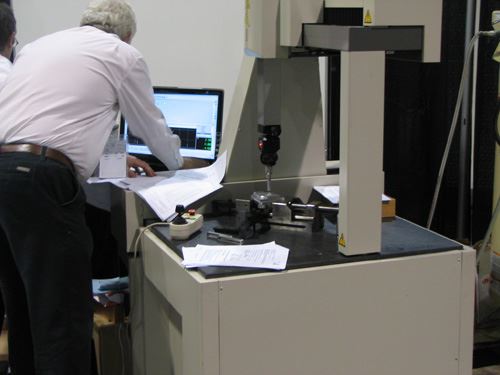
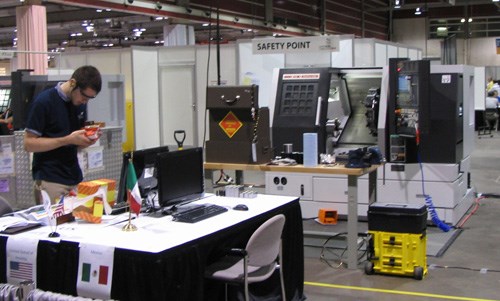
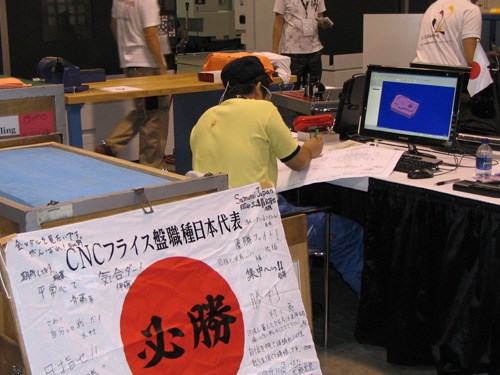
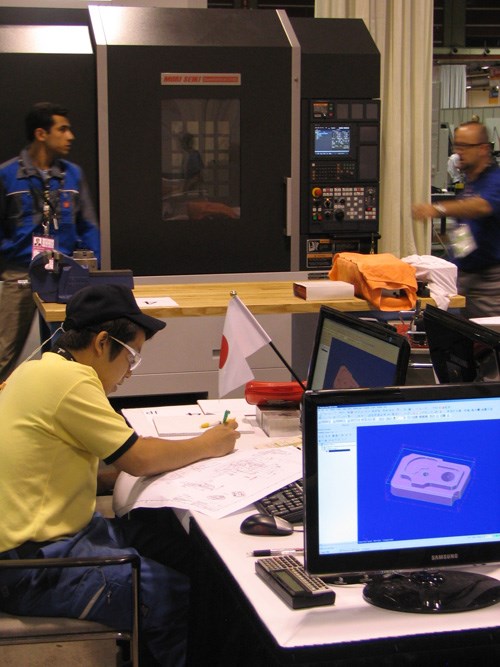
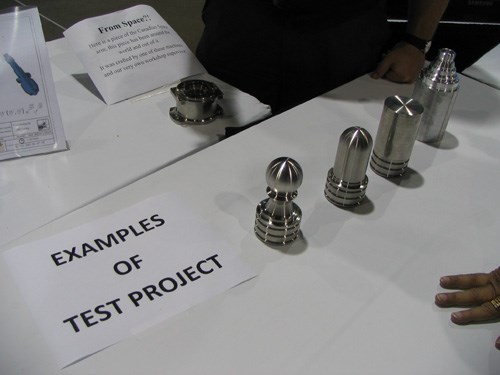




















.png;maxWidth=300;quality=90)








